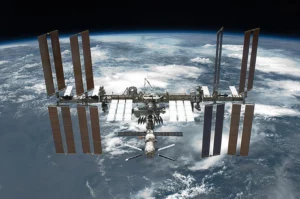In a groundbreaking shift, India and China are redefining the global space race, a move that resonates deeply with the Global South.
At the heart of this transformation is India’s Agnikul Cosmos, a startup operating from the prestigious Indian Institute of Technology Madras.
Here, innovation thrives as small rockets come to life through advanced 3D printing, symbolizing India’s ascent in space technology.
Srinath Ravichandran, the visionary co-founder of Agnikul Cosmos, anticipates a skyrocketing demand for small satellites.
This aligns perfectly with India’s bold ambition to be a space superpower. Backed by the Indian Space Research Organization (ISRO), Agnikul Cosmos aims to disrupt space manufacturing.
They plan to reduce costs dramatically, by 95%, and to initiate biweekly rocket launches. Parallel to India’s strides, China emerges as a formidable player in space.

President Xi Jinping’s discussions with global leaders, like Venezuelan President Nicolas Maduro, highlight China’s growing space alliances.
Notably, China’s expansion of satellite ground stations across Latin America indicates a strategic reach, possibly extending to military capabilities.
This modern space race echoes the colonial era’s territorial ambitions but now expands beyond Earth’s bounds.
Global Space Race Dynamics
Countries like Saudi Arabia, Turkey, and South Africa are significantly increasing their space investments.
These investments are driven by the promise of national prestige, economic growth, enhanced security, and the lure of lunar resources.
In this race, the integration of the private sector into national space programs is pivotal.
China’s rapid development of private space firms starkly contrasts with India’s more measured progress.
However, India has set impressive records, like launching 104 satellites with a single rocket and being the first Asian country to orbit Mars successfully.
The rivalry extends to space diplomacy, with both nations vying for influence in South Asia.
China’s Belt and Road Initiative and India’s South Asia satellite launch are testaments to their diplomatic endeavors in space.
In summary, the dynamic competition between India and China in space, marked by emerging private sector roles and international collaborations, is not just reshaping global space dynamics.
It’s also a beacon of inspiration and opportunity, particularly for countries in the Global South.
This new chapter in the space race is about more than technological prowess; it’s a symbol of national pride, security, and economic potential.

